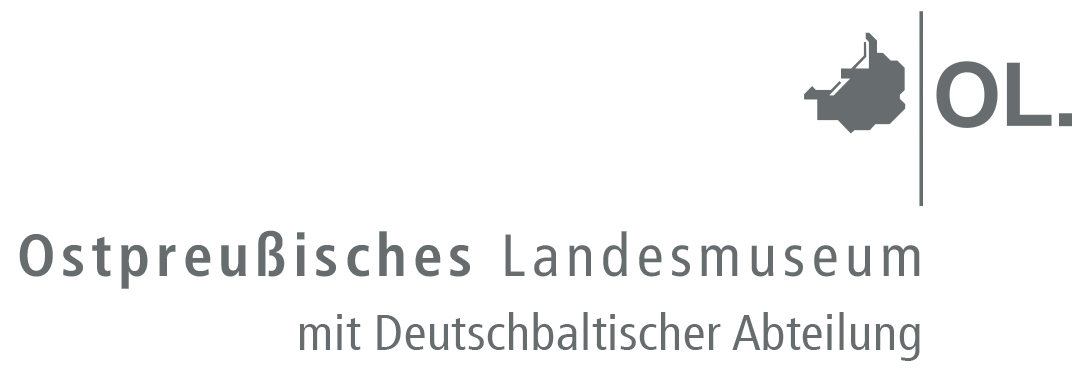Painting in the great outdoors

ARTISTS' COLONY NIDDEN
Painting in the great outdoorsThe Curonian Spit is so strange that one must actually have seen it just as well as Spain and Italy if one is not to miss a marvellous image in one's soul.
(Wilhelm v. Humboldt 1809, in a letter to his wife)In the 1890s, the artists' colony of Nidden was established in what was then East Prussia, now Nida in Lithuania. This colony is often referred to as the "Worpswede of the East". Until the end of the Second World War, painters travelled to the Curonian Spit, the narrow strip of land between the Baltic Sea and the Curonian Lagoon, to the fishing and seaside resort of Nidden. They travelled from nearby Königsberg, where many of them studied at the local art academy or, like Ludwig Dettmann, even taught landscape painting.
But artists from Berlin and Dresden also stayed in Nidden from time to time, including such important expressionists as Max Pechstein and Karl Schmidt-Rottluff as well as Lovis Corinth. The writer Thomas Mann also built himself a holiday home in Nidden and spent the summers from 1930 to 1932 as a guest on the spit. His neighbour on the Schwiegermutterberg (meaning: the mountain of the mother-in-law) was the painter Carl Knauf (born 1893) from the Rhineland, who lived in Nidden until his early death in 1944.
The founding of the Nidden artists' colony took place at a time when similar artists' groups were forming all over Europe. Far away from the big cities, artists were inspired by their surroundings, especially in the summer months in places with a charming natural and cultural landscape.
Some of them found accommodation in the local inns. In Nidden, they stayed at the inn run by Hermann Blode, who was often referred to as the "father of artists". The inn was opened in 1867 and still exists today. The artists had their own artists' corner where they could socialise and debate. Among these guests was the expressionist Ernst Mollenhauer, who later became Blode's son-in-law. Open-air painting, i.e. experiencing and capturing what they saw directly in nature, in all weathers and at different times of the day and year, was of great importance to the painters.
With its special geographical location, the then still original fishing village of Nidden offered the ideal conditions for a stay detached from the hustle and bustle and progress. The artists captured the motifs they sought and found on the Curonian Spit in a variety of ways in the open air: the extraordinary light, the rhythm of the sea, the Curonian barges with their typical pennants, the fishermen's houses with their blue roofs and the simple life of their inhabitants, the impressive dune landscape and the cemetery with its heavy wooden crosses. In other words, it was the undisturbedness of a simple existence and the originality of a landscape characterised by light and vastness.
The exhibition provides a comprehensive and impressive overview of this with a diverse selection of oil paintings and works on paper from the East Prussian State Museum in Lüneburg.
In addition to works by Knauf and Mollenhauer, you can expect to see works by Ernst Bischoff-Culm, Ottilie Ehlers-Kollwitz, Gerhard Eisenblätter, Gertrud Lerbs, Fritz Moeller-Schlünz, Heinrich Wolff and other artists.
Exhibition duration: 8 June to 1 September 2024
Opening: Saturday, 8 June, 5 pm
(1 Euro contribution)In cooperation with
